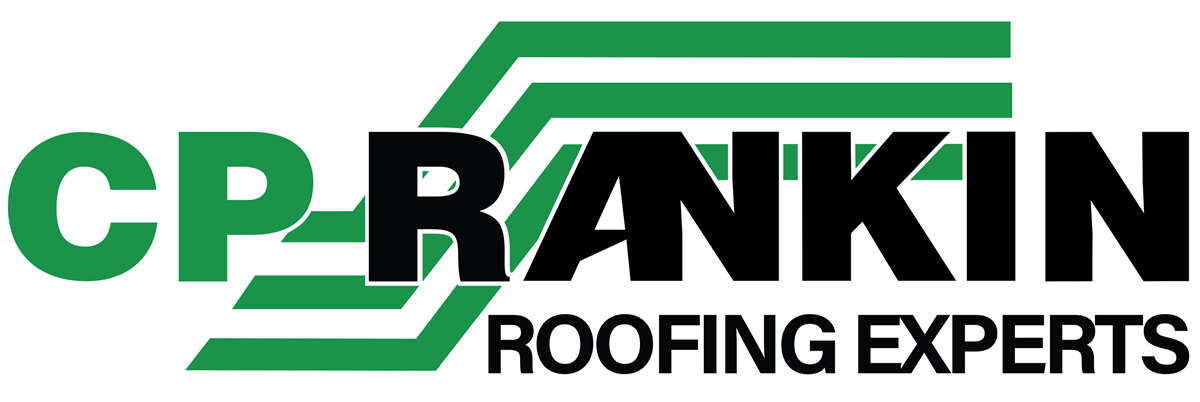When it comes to commercial roof design, one aspect that can’t be overlooked is the drainage system. Proper drainage is essential for ensuring the longevity and performance of the roof. It’s also critical in protecting the building structure and interior from water damage. In this blog, we’ll explore the significance of proper drainage systems in commercial roof design and discuss the various components and considerations involved.
The Role of Drainage Systems: Drainage systems are responsible for directing water away from the roof surface and safely channeling it off the building. Without adequate drainage, water can accumulate on the roof, leading to ponding, leaks, and structural damage. Additionally, stagnant water can create breeding grounds for mold, mildew, and algae, compromising indoor air quality and posing health risks to occupants.
Components of Drainage Systems:
Gutters and Downspouts: Gutters are installed along the edges of the roof to collect rainwater and direct it towards downspouts. Downspouts then carry the water down to the ground level, where it is discharged away from the building foundation. Properly sized gutters and downspouts are essential for handling the volume of water runoff, especially during heavy rainfall events.
Scuppers: Scuppers are openings or channels located along the perimeter of the roof parapet walls, allowing water to drain off the roof surface. Scuppers are particularly common in flat or low-slope roof designs and are crucial for preventing water from accumulating on the roof and causing structural damage.
Interior Drains: In some commercial roof designs, interior drains are installed to remove water from the roof surface. These drains are connected to a network of piping that directs the water to the building’s drainage system or a dedicated stormwater management system. Proper placement and sizing of interior drains are essential to ensure efficient water removal and prevent backups or overflows.
Considerations for Effective Drainage:
Roof Pitch: The slope or pitch of the roof plays a critical role in determining how quickly water drains off the surface. Flat or low-slope roofs require more strategic drainage design to prevent ponding and ensure proper water flow towards drainage points. Roof pitch should be carefully considered during the initial design phase to optimize drainage performance.
Roofing Materials: Different roofing materials have varying water absorption rates and surface textures, which can impact drainage efficiency. For example, smooth-surfaced membranes such as TPO or PVC facilitate faster water runoff compared to rough-textured materials like gravel or ballasted roofing systems. Selecting roofing materials that complement the drainage system is essential for maximizing performance and longevity.
Maintenance: Regular maintenance and inspection of the drainage system are essential for identifying and addressing any issues promptly. Clogged gutters, damaged downspouts, or blocked drains can impede water flow and lead to costly repairs or water damage. Implementing a proactive maintenance plan can help extend the lifespan of the roof and prevent drainage-related problems.
Overall, proper drainage systems are integral to the success of commercial roof design, ensuring effective water management and protection against water damage. By incorporating carefully designed gutters, downspouts, scuppers, and interior drains, building owners and managers can safeguard their investment and maintain a watertight and structurally sound roof for years to come. The experts at CP Rankin are on standby to assist in ensuring that your roof’s drainage system is tailored to the specific needs and conditions of your commercial building. Call today 866-ROOF-322 or contact us online today to find out more.

